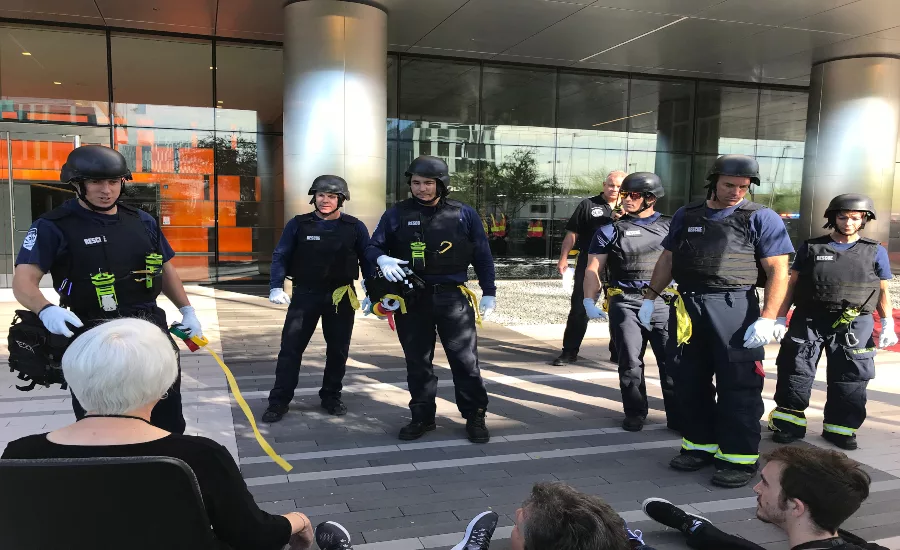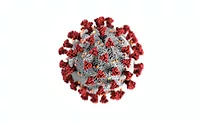DHS Science and Technology Directorate: Technologies to Help First Responders and Public Safety Officers Coordinate COVID-19 Response

The U.S. Department of Homeland Security (DHS) Science and Technology Directorate (S&T) are ramping up efforts to track how some of the cutting-edge technologies they've funded have been deployed to support colleagues in government, academia, the national labs,and our industry stakeholders in the fight against COVID-19.
Following are some updates on several S&T-funded information sharing technologies that are being used in the fight against COVID-19:
Single Automated Business Exchange for Reporting (SABER)
SABER is a free, open-source software that enables businesses to report their operating status both during and after a disaster. Since the start of the COVID-19 outbreak, users have leveraged SABER to:
- Share information about how businesses have been coping with the ongoing pandemic, and using this information to inform responses from other businesses and relevant first responders, thus minimizing the overall economic impact of the outbreak.
- Collaborate with the academic community, including Johns Hopkins University, to share regional epidemiological data.
- Provide links to U.S. health sources.
- Track ongoing emergency declarations and business closures.
- Share needs and what businesses require to stay open or reopen during the ongoing national emergency. This information has been especially important for essential businesses such as grocery and convenience stores that provide food, fuel and pharmaceuticals.
SABER currently shares its data with organizations such as the Federal Emergency Management Agency (FEMA), the Central United States Earthquake Consortium (CUSEC) and others, so that they can be aware of the impact the outbreak is having on businesses and plan their responses accordingly. In the near future, SABER will be partnering with the National Association of Convenience Stores, FMI -- the Food Industry Association, and the U.S. Chamber of Commerce Foundation.
Regional Information Sharing Portal (RISP)
RISP is an information sharing system being deployed within several CUSEC member states. RISP enables users to collaborate and share information at the tribal, local, state, and federal levels. It is typically used with resource tracking boards to help users make crucial decisions related to the movement of commodities and deploying resources in the field. Since the start of the pandemic, RISP users have been using it to identify resource statuses and needs; to pull resources together; and to deploy resources to where they are needed the most.
The Next Generation Incident Command System (NICS)
NICS is a web-based emergency response platform that enables first responders to coordinate effectively during crises. During an incident, it’s used to manage and distribute real-time feeds (e.g., airborne images, video and critical infrastructure) to responder decision makers. NICS integrates these feeds as part of an online map using a geographic information system (GIS). Since the start of the COVID-19 outbreak, NATO’s Science for Peace and Security (SPS) Programme has been utilizing NICS in the Balkan Peninsula of North Macedonia to coordinate emergency services, inform the public about ongoing COVID-19 cases, and post locations of health resources.
The Information Sharing Assessment Tool (ISAT)
ISAT is a free, web-based self-assessment tool that S&T developed to help public safety and health agencies understand their most pressing information sharing capabilities and gaps. Users who complete the ISAT receive a customized report that reflects their responses, as well as resources and reference materials that can be used in action planning.
In response to current information sharing challenges that have arisen due to the ongoing pandemic, S&T recently integrated a Pandemic Scenario into the updated ISAT 2.0. The new Pandemic Scenario features timely information, guidance, and resources relevant to first responders, public safety and health officials, and emergency management agencies. These new tools will enable ISAT users to assess their most pressing information sharing gaps and challenges in their pandemic response.
Looking for a reprint of this article?
From high-res PDFs to custom plaques, order your copy today!







